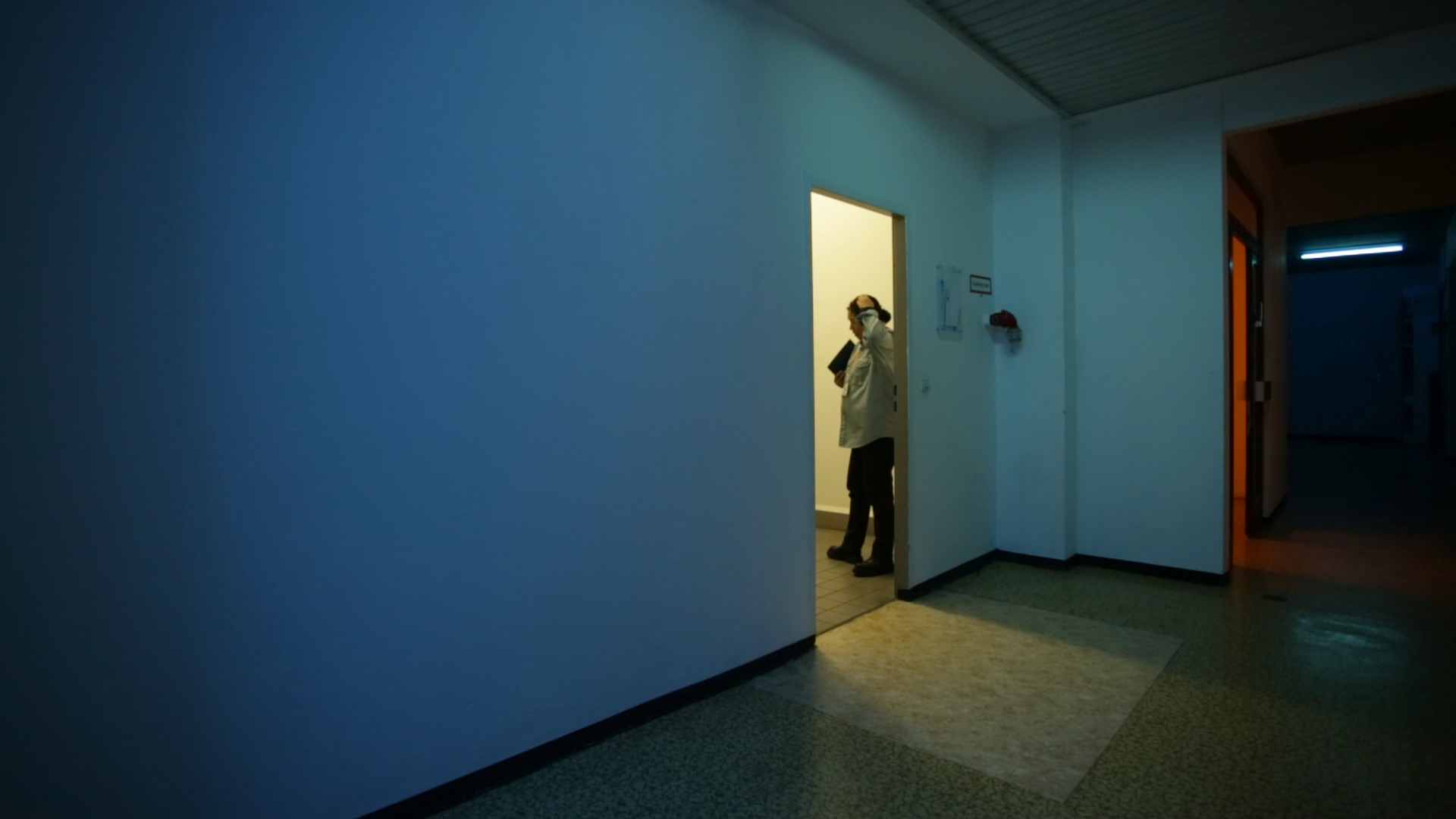Interpretations of an outbreak
I believe that if I were to make any works that addressed episodes of MPI, these works would be mere interpretations. These interpretations also provide an opportunity for me to think about how to approach this subject through the medium of filmmaking or something that resembles it. The initial idea behind this project was to make a film featuring several characters who were involved in these incidents. This project initially started with a script which was inspired by two primary sources - the Singapore Medical Journal articles and the interview with Zainab Mahmood. The original intention was to create a fictionalised account of these incidents. In the script, the movie is broken down into three parts. The first part would comprise all close ups, the second part all medium shots and the third part entirely wide shots. This idea came to mind because I wanted to consider how shot sizes could create certain emotional responses from viewers and if categorically placed whether the film would have a similar impact. I also believe that varying shot sizes are also used to feed or hide information. This was an experiment that I wanted to try with the making of this piece. However, due to the current state of my capabilities and resources, I had to scale this project down.
I sought the help of two individuals, Olivia Kwok and Shafiqhah Efandi. Olivia Kwok assumed the roles of producer and director of photography. Shafiqhah Efandi would be the performer. Having thought more about how to make this project possible or at least some parts of it, I needed to break the script down. To be honest, it wasn’t much of a script. There were only directions and no dialogue. By this time, after much discussion, we decided that Shafiqhah Efandi shouldn’t play the role of a female Malay factory worker who experiences episodes of MPI. We decided to play with the idea of misrepresentation and so Shafiqhah Efandi performs as the factory supervisor who tends to be male and Chinese.Together we decided that these were to be the core intentions of the work.
-
Experimental film to embody reflections and interpretations of data and research (cinematic techniques) (mostly just shot sizes)
-
Medical acting or perhaps just acting as a means of deciphering, understanding “data and research” empathy through experience (performance). The idea of simulation and rehearsal in preparation for real scenarios.
-
Portray the acts of “negotiation”, “coming to terms” to/with facts that create discomfort/challenges supposed ideas e.g factory workers had no agency. What are the kinds of negotiation to be depicted and thought about? Negotiating with figures from institutions both domestic and industrial
-
Others - depiction of embedded “asian values”, “western values”, industrialisation and collective behaviour
Direction for performer:
Through scenes of script, interpret the character of the supervisor and embody his disposition.
Period - not important.
If it is not clear about character, we can discuss and come to a conclusion.
The intentional de-dramatisation of narrative and repetitive editing attempts to overwhelm the rhythm needed for drama to unfold. My only fear is that this work will become a simulation for my gaze. A performance is taking place and instead of presenting I try to participate through voice/text. The text represents an image that I present of myself. In this work, I become the antagonist through the assertion of control through the edit. The project is still in progress.




